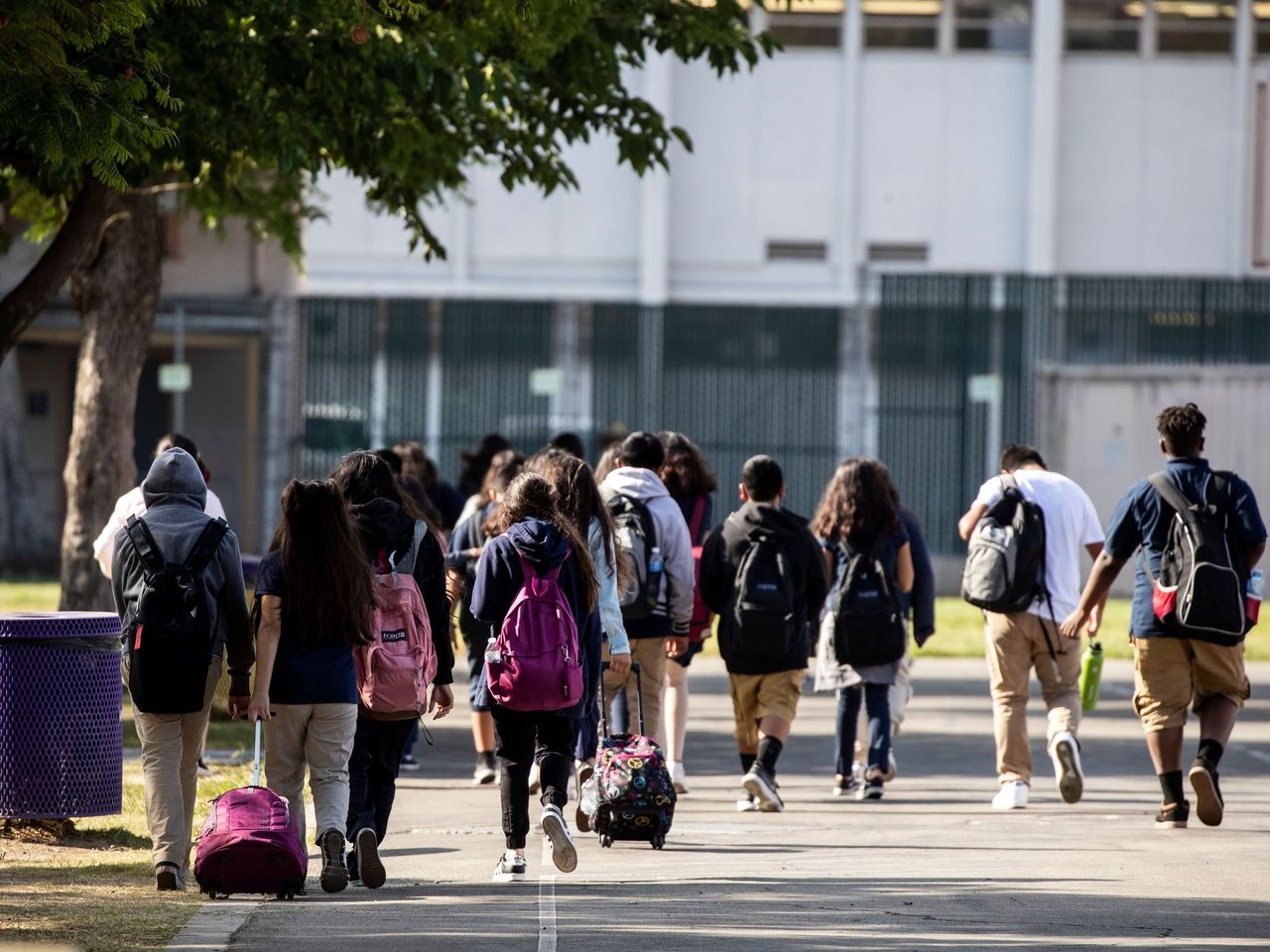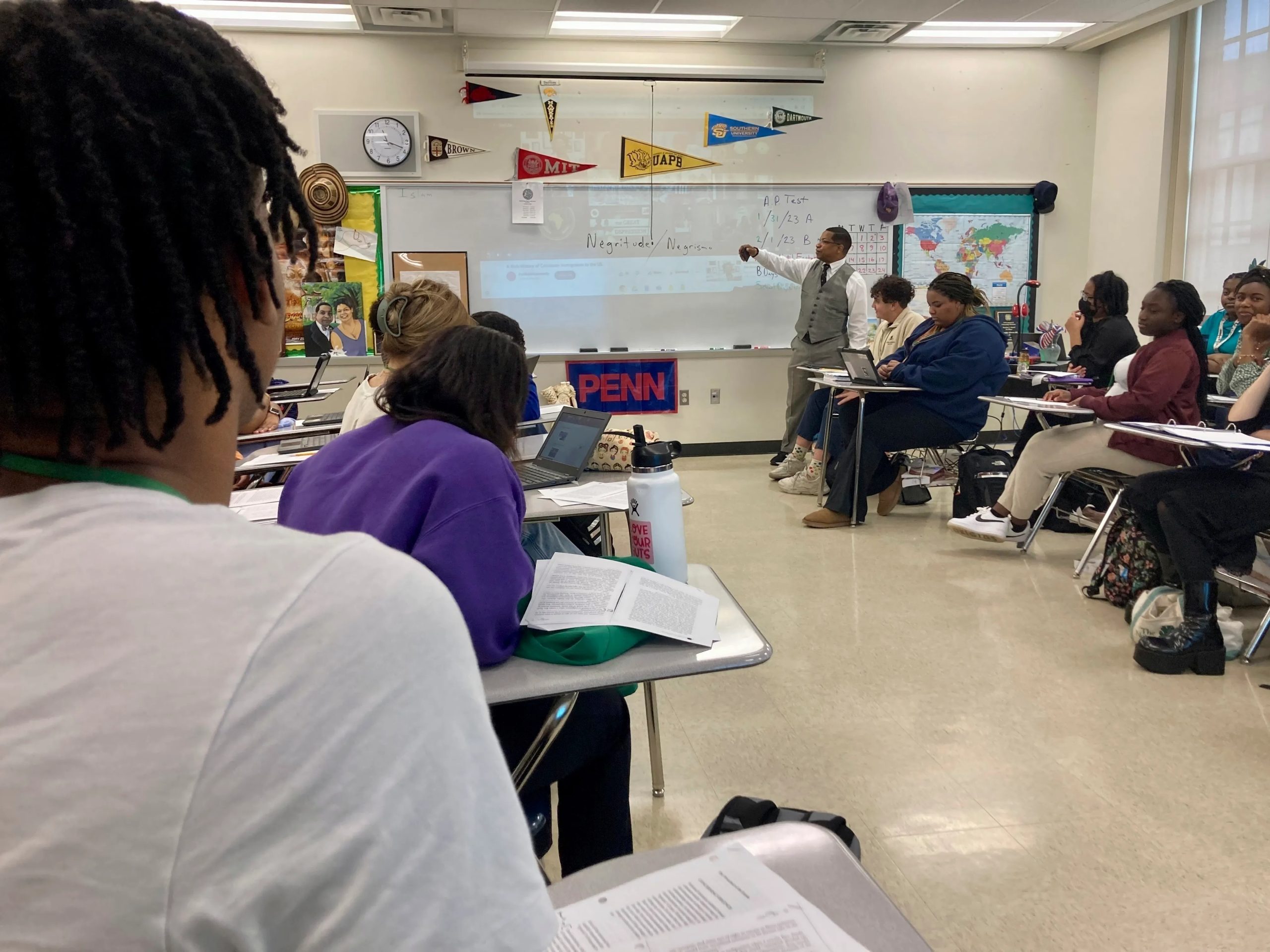Schools across the United States are facing a looming financial challenge as they race to spend COVID-19 relief funds before they expire in six months.
Congress allocated nearly $200 billion in Elementary and Secondary Schools Emergency Relief (ESSER) funds to help schools cope with the pandemic.
While the funds were intended for various uses, including building upgrades, sanitation measures, and educational programs, districts now find themselves under pressure to fully utilize them before the deadline.

Initially, there were concerns that schools might struggle to spend the allocated funds, potentially leading to the money being returned to the federal government.
However, most districts are on track to fully expend the funds by September. The challenge now is how to sustain the programs and initiatives funded through ESSER once the money runs out.
Many states have used the influx of federal dollars as an opportunity to implement permanent tax cuts, which could impact their ability to continue investing in public services, including education, in the future. This raises questions about the long-term sustainability of programs funded by ESSER.

A survey conducted by the EdWeek Research Center revealed that many district leaders plan to use state funding or local taxes to cover the cost of programs once ESSER funds expire.
However, there are concerns about the availability of additional funding from Congress, as discussions about further COVID-19 relief for schools have been limited.
The expiration of ESSER funds will disproportionately impact schools serving students with higher needs. These schools will face a steeper fiscal cliff, highlighting the importance of distributing education funds equitably.
The expiration of ESSER funds presents a significant challenge for schools, which must now navigate the complexities of managing the pandemic’s aftermath while ensuring that the educational needs of all students are met.
